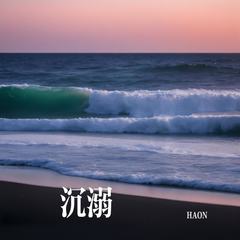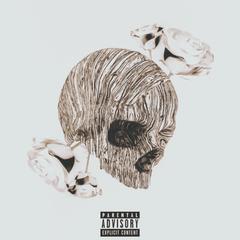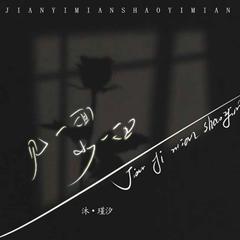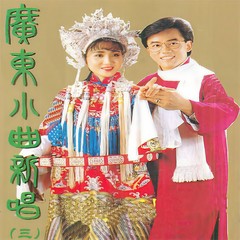Frankie laine
美国著名音乐家Frankie Laine 2007年2月6日辞世,享年93岁。Frankie Laine 20世纪50年代就已经为大家熟知。他比较著名的歌曲包括《I Believe》和《Jezebel》等。06年,他还参加了生平最后一场演出,演唱了自己音乐生涯最有影响力的作品《That's My Desire》。他一生中得到过21次金唱片奖,专辑销量达到2亿5千万张。by John BushThough his influence proved less durable than his record sales, Frankie Laine was one of the most popular vocalists of the 1950s, swinging jazz standards as well as half a dozen Western movie themes of the time with his manly baritone. Laine's somewhat artificial Western nature proved more successful in far-off England, where he set two chart records in 1953: his version of "I Believe" stayed at number one in the U.K. for an incredible 18 weeks, and his two subsequent chart-toppers that year ("Hey Joe," "Answer Me") set a record by putting Laine at number one for 27 weeks during the year.Born in Chicago in 1913, Laine sang in the local church choir and first performed professionally at the age of 15. He moved to nightclubs by his later high-school years and began traveling around the country, performing as a singing waiter and dance instructor in addition to menial labor such as car sales and machinist work. Laine moved up a rung in 1937, when he replaced Perry Como in a regional big band led by Freddy Carlone. Laine was back on his own by the mid-'40s, but a stirring rendition of Hoagy Carmichael's "Rockin' Chair" performed one night when Carmichael was himself in the audience proved to be the young singer's break.Carmichael found him a job at Hollywood's Vine Street Club and funded Laine's first recording session; his instincts proved to be spot-on, since one of the tracks, "We'll Be Together," became quite popular after Laine signed with Mercury Records in 1945. "That's My Desire" hit number four in the American charts two years later, and Laine re-entered the Top Ten in 1948 with "Shine." He hit the big time the following year, with two huge number one hits, "That Lucky Old Sun" and "Mule Train." Another chart-topper, 1950's "The Cry of the Wild Goose," was his last for Mercury, and he signed with Columbia just one year later.Laine's Columbia career saw him move toward husky country & western pop with arrangements and orchestra conduction by Mitch Miller, the vocal pop impresario who produced some of the most schmaltzy pop music of the 1950s (and recorded it as well, in a series of Sing-Along with Mitch Miller LPs). Laine succumbed to Miller's machinations soon enough, and even though his debut Columbia single, "Jezebel"/"Rose, Rose, I Love You," was a double-sided Top Five hit, he never again reached number one in America. Instead, he settled for consistent Top Ten placings during the early '50s, with "Hey, Good Lookin'," "Jealousy (Jalousie)," "High Noon," "I Believe," and "Tell Me a Story." Laine proved to be far more popular in Great Britain and Europe than America during this time, and after his last American Top Ten hit ("Love Is a Golden Ring" in 1957), he turned to lavish cabaret tours that crisscrossed the world and found him turning to increasingly inspirational and religious material. He retired to his home in California during the mid-'80s. He passed away from heart failure on February 6, 2007.


 Sometimes Im Happy - Frankie Laine
Sometimes Im Happy - Frankie Laine


























![[STATION] aespa《Dreams Come True》MV Teaser - aespa (에스파)](https://img2.kuwo.cn/wmvpic/324/79/54/2120387380.jpg?imageView2/1/w/195/h/130/format/jpg/q/60)





